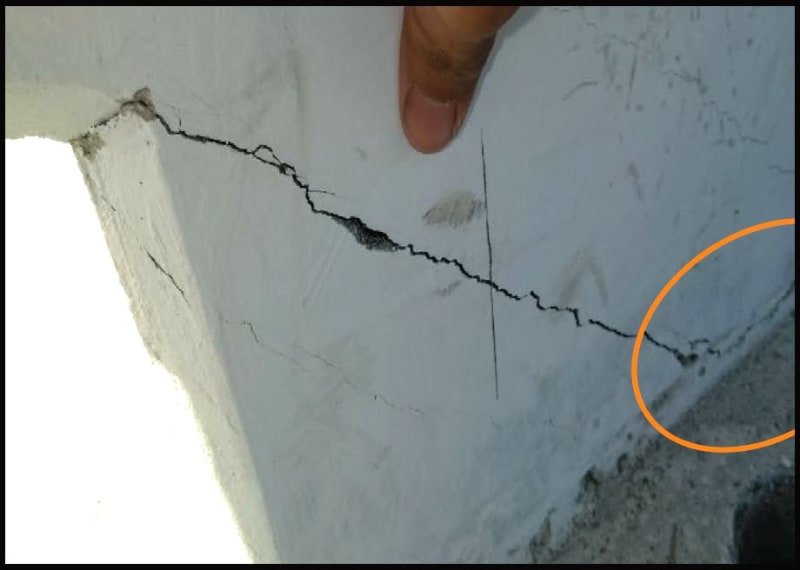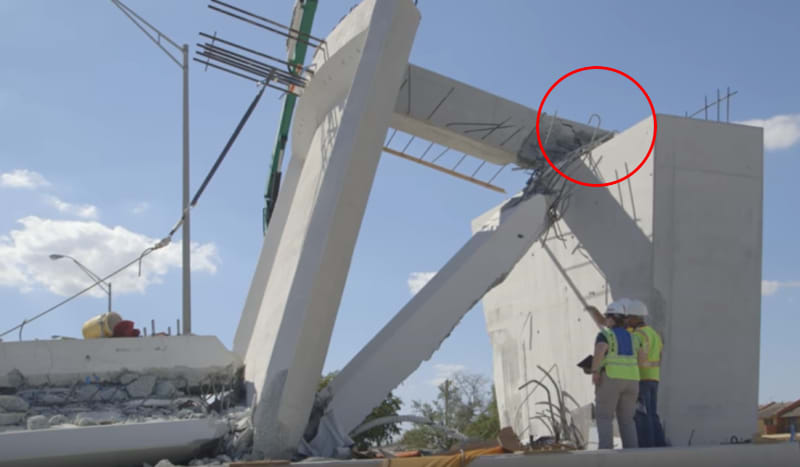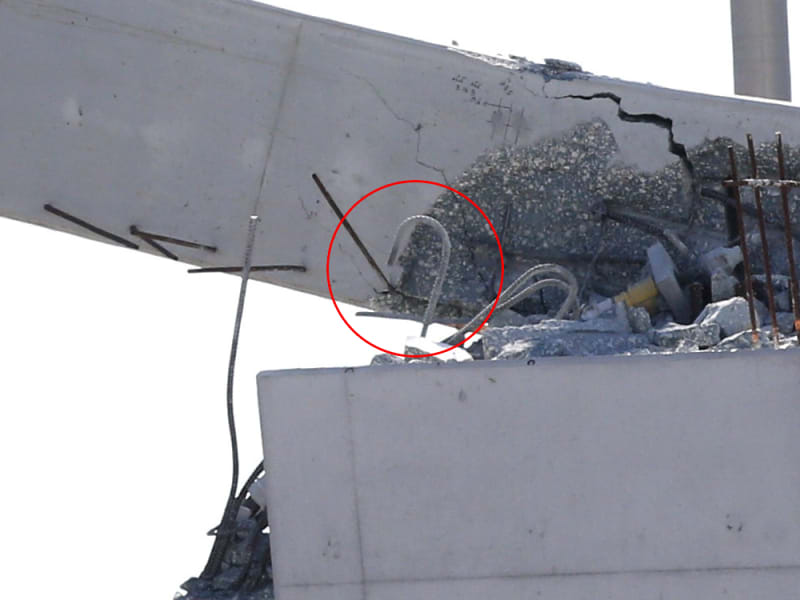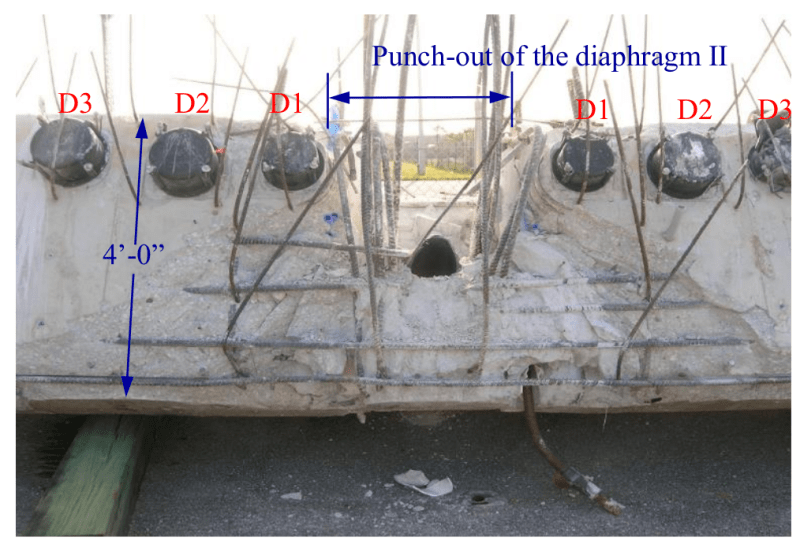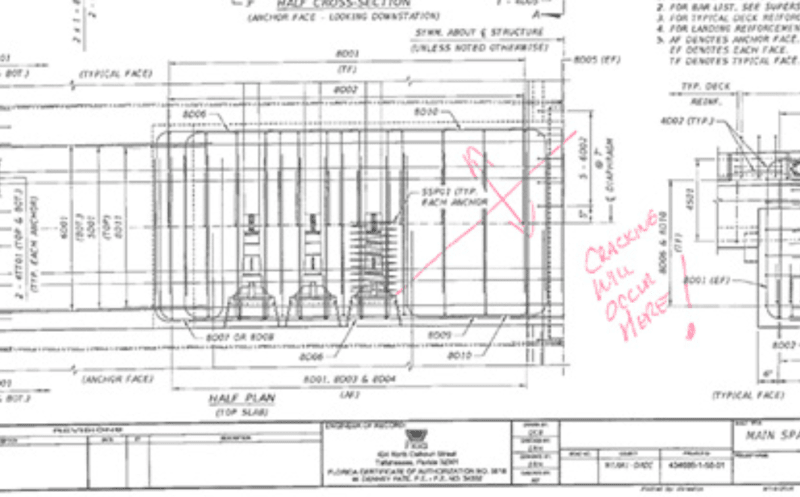saikee119 said:
Has anyone had a view on the collapse based on the historical formation of cracks reported by OSHA?
Basically, yes, but it is not a matter of closing ones mind to all that was previously revealed or came after. The cracks just tell the same story in the context of everything else.
In my mind there was only one possibility and that was that 11 had to be taken out, either by rupturing or detaching from the deck/canopy and passing through to the other side (queue the twilight zone). The cracks in and of themselves do not lead us any further and, of course, the question of how these should have been interpreted is now under the auspices of various authorities and judges.
As I understand it, the first cracks were noticed and photographed immediately upon formwork removal and forwarded one or two days later. Next are the "cracked all to hell" photos upon release of PT rods, and then photos on several days leading up to the meeting, concluding with a verbal clarification that the cracks were getting worse every day and the cracks are more severe when seen in person than the photos convey.
The story they tell is rather simple. The structure settled upon formwork removal, then upon placement and PT bar release, assumed its new equilibrium, releasing the balance of the pent up internal stresses. It can be argued that this status could have been foreseen by astute oversight and monitored.
My indignation for what happened next is hard to contain and my thoughts are that OSHA came to the proper conclusion that several entities had a responsibility to exercise proper independent and cautionary oversight. Frankly, I don't see how anyone can conclude that the PT bars in 11 had leverage to contain the node or that a cursory visual inspection of 11 would allow one to believe that it had capacity to donate to the cause. These ideas are just absurd.
Difficult decisions have been made before, see
Ocean Tower for one.
@jrs_87 (Mechanical) and
@Tomfh (Structural) - your shear plane and green line drawings are helpful. They follow what I have been thinking but I don't have more to add. I'm not proficient at interpreting the rebar drawings that I've seen to date, maybe shop drawings would help. It would be interesting to identify the exposed rebar in the node and 11. The contortions should also aid in telling the story. I see one hook in 11 that should have followed the lower PT bar and sheared with the cold joint.

